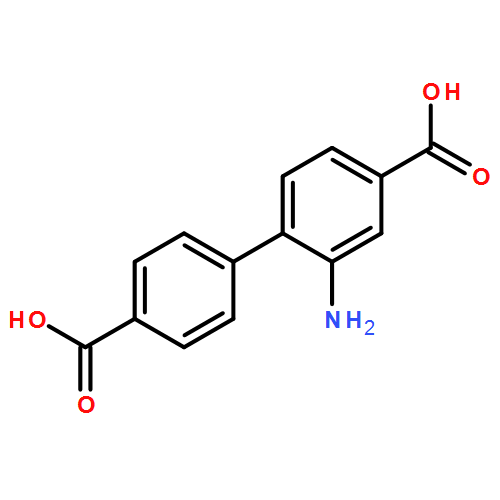Co-reporter: Jonathan E. Halls, Alberto Hernán-Gómez, Andrew D. Burrows and Frank Marken
pp: 1475-1480
Publication Date(Web):26 Jul 2011
DOI: 10.1039/C1DT10734H
Metal–organic framework (MOF) materials based on zinc(II) and aluminium(III) dicarboxylate frameworks with covalently attached ferrocene functional redox groups were synthesised by post-synthetic modification and investigated by voltammetry in aqueous and non-aqueous media. In the voltammetry experiments, ferrocene oxidation occurs in all cases, but chemically reversible and stable ferrocene oxidation without decay of the voltammetric response requires a “mild” dichloroethane solvent environment. The voltammetric response in this case is identified as “surface-confined” with fast surface-hopping of electrons and without affecting the bulk of MOF microcrystals. In aqueous media a more complex pH-dependent multi-stage redox process is observed associated with chemically irreversible bulk oxidation and disintegration of the MOF framework. A characteristic 30 mV per pH unit dependence of redox potentials is observed attributed to a “framework effect”: the hydroxide-driven MOF framework dissolution.
Co-reporter: Jonathan E. Halls, Alberto Hernán-Gómez, Andrew D. Burrows and Frank Marken
pp: NaN1480-1480
Publication Date(Web):2011/07/26
DOI: 10.1039/C1DT10734H
Metal–organic framework (MOF) materials based on zinc(II) and aluminium(III) dicarboxylate frameworks with covalently attached ferrocene functional redox groups were synthesised by post-synthetic modification and investigated by voltammetry in aqueous and non-aqueous media. In the voltammetry experiments, ferrocene oxidation occurs in all cases, but chemically reversible and stable ferrocene oxidation without decay of the voltammetric response requires a “mild” dichloroethane solvent environment. The voltammetric response in this case is identified as “surface-confined” with fast surface-hopping of electrons and without affecting the bulk of MOF microcrystals. In aqueous media a more complex pH-dependent multi-stage redox process is observed associated with chemically irreversible bulk oxidation and disintegration of the MOF framework. A characteristic 30 mV per pH unit dependence of redox potentials is observed attributed to a “framework effect”: the hydroxide-driven MOF framework dissolution.


